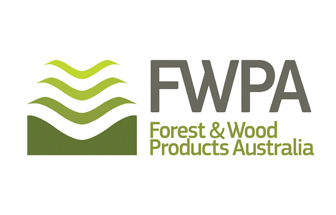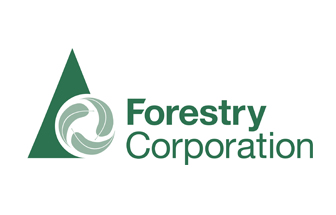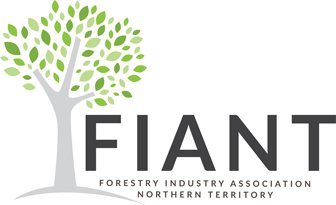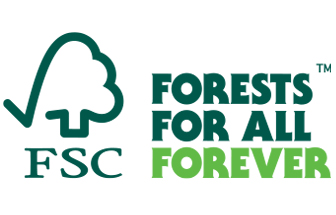AUSTRALIAN FEDERAL BUDGET LIFTS CONFIDENCE IN HOUSING
AS INCENTIVES BOUY CONSTRUCTION INDUSTRY
GROWING SHORTAGE OF PINE FRAMING AND ENGINEERED TIMBER A CRITICAL FACTOR
Good news for housing brings supply shortages more sharply into view.
THE first pandemic Budget will boost the confidence of builders and tradies that the economic recovery can be completed – delivered through the front door of the housing industry.
Presenting the 2021-22 Budget on Tuesday, Treasurer Josh Frydenberg is punting on infrastructure, housing and skills as part of critical measures to help Australia continue to recover from the Covid.
The Budget shows the nation’s economy is expected to accelerate from 1.25% in 2020-21 to 4.25% in 2021-22, before easing back in subsequent years.
“The Budget will help support the home ownership aspirations for thousands of households and create more opportunities for young people to embark on careers in the housing industry,” said HIA managing director Graham Wolfe.
“This will make a difference in the lives of thousands of Australians,” he said.

The Prime Minister Scott Morrison visits a HomeBuilder building site with Master Builders Australia CEO Denita Wawn.
Key measures include:
• Creation of an additional 10,000 places available from July 1 under the First Home Loan Deposit Scheme, enabling eligible first home buyers to build or purchase a home with as little as 5% deposit without needing to pay mortgage insurance.
• Creation of a new Family Home Guarantee Scheme enabling single parents with dependants an opportunity to either build a new home or purchase an existing home with a deposit of as little as 2%. This will create 10,000 places over a four-year period.
• An increase in the maximum amount of voluntary contributions which first home buyers can withdraw under the First Home Super Saver Scheme from $30,000 to $50,000.
Releasing its latest research briefing, BIS Oxford Economics says it expects the number of new house commencements in regional Australia to rise by 35% in 2020-21to come in at 45,000 – the highest number of regional house commencements on record.
Of major relevance to building and construction is an additional $2.7 billion to extend the Boosting Apprenticeships Commencement program. Employers can access subsidies of up to 50% of the cost of the wages of the apprentice for 12 months up to a maximum of $7000 between now and March 31, 2022.
Master Builders CEO Denita Wawn said an extension of the instant asset write-off scheme would mean the cash registers continued to ring as sales of utes and other business assets would continue to bounce back to pre-pandemic levels.
“Builders and tradies are big backers of themselves and their business success,” she said.
“Also, building and construction SMEs have one of the lowest rates for uptake of technology, so the government’s investment in improving digital skills and capacity can make our industry even more productive.”
Mrs Wawn said the Treasurer had also recognised that women needed well paid jobs not gender wars.
The new support for 5000 women to learn a trade in an industry like building and construction will be highly effective in boosting women’s economic security,” she said.
“This Budget has linked good economic policy with good social policy.”
Meanwhile, many timber merchants agree the good news for housing brings supply shortages more sharply into view.
Forward supplies of pine framing and to a lesser extent engineered wood products, LVL in particular, are now in “the hands of the gods,” say timber merchants we spoke to this week.
They say they have done everything possible to supply pre-fabricated wall frames and roof trusses on time. But the harsh reality is they can forward order pine supply one, two or three months ahead of time … “but what we get and when we get it is now out of our hands”.
A number of frame and truss plants along the eastern seaboard are not trading for a full working week – not because of a lack or orders, but due to a short supply of pine framing.
“Going forward we may have to sacrifice the pre-nailed wall frames first, as we believe that sourcing pine framing from one or more other suppliers and stick framing is better solution to keep a project moving and we prioritise the pine framing for our roof trusses,” a Brisbane merchant said.
“Our ability to source EWPs is still at about five weeks and this lead time looks to continue for a while yet, due to the forward demand resulting from the HomeBuilder Program.”
Major suppliers are discontinuing a number of LVL sizes in 35 mm (130 x 35, 150 x 35, 200 x3 5 and 300 x 35 mm).
Increasing prices for timber products is another issue. Canberra and the Reserve Bank say inflation “is not a worry”.
Figures for the first quarter of 2021, published by ABS this week, show underlying inflation rose by just 1.1% over the past year.
What this highlights is the absence of significant inflationary pressures in the economy. It validates the Reserve Bank’s view that both aggressive monetary and fiscal stimulus are required to revitalise the economy.
The central bank can keep interest rates at historically low levels without triggering a dangerous spike in inflation.
“But they’re not factoring in the rising costs and prices in the building industry, which have increased from 5% to 15%, admittedly off a low base,” a Sydney merchant said.
The steel industry is in no better position with price rises following supply problems, worsened by widespread storm damage to roofing where the demand has gone wild.












